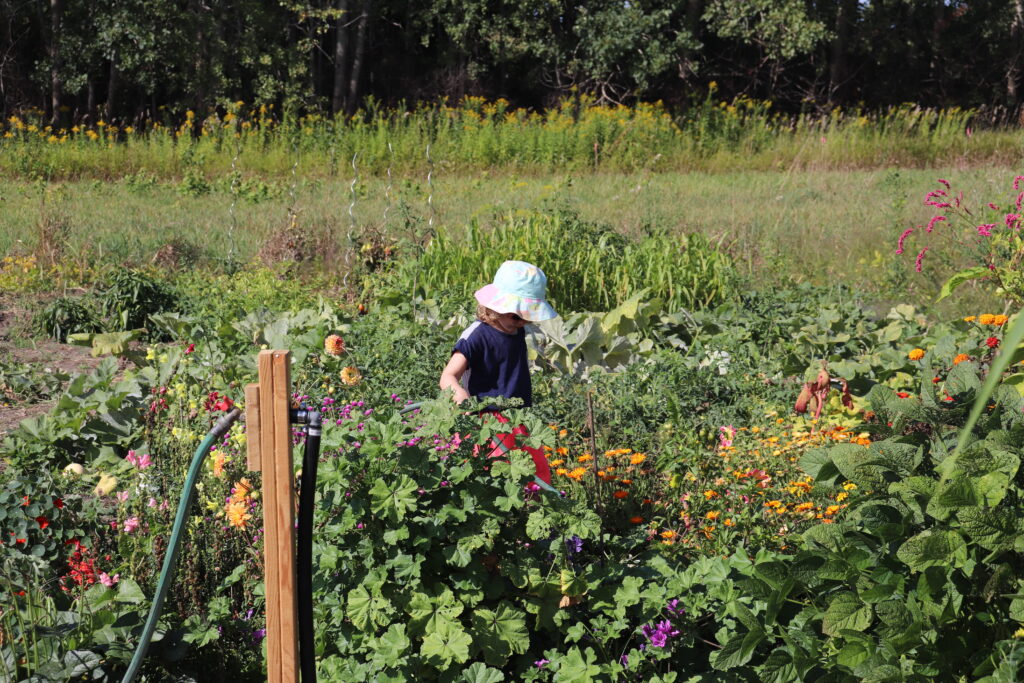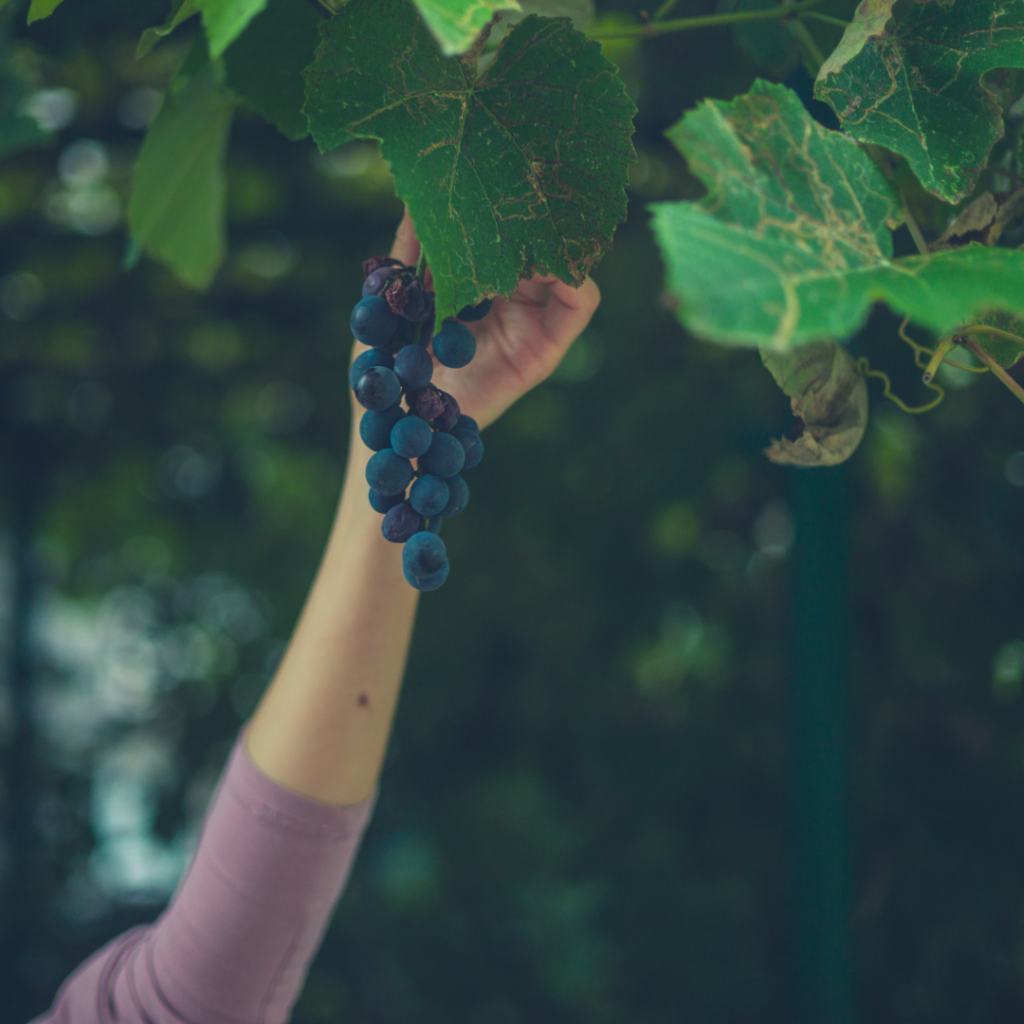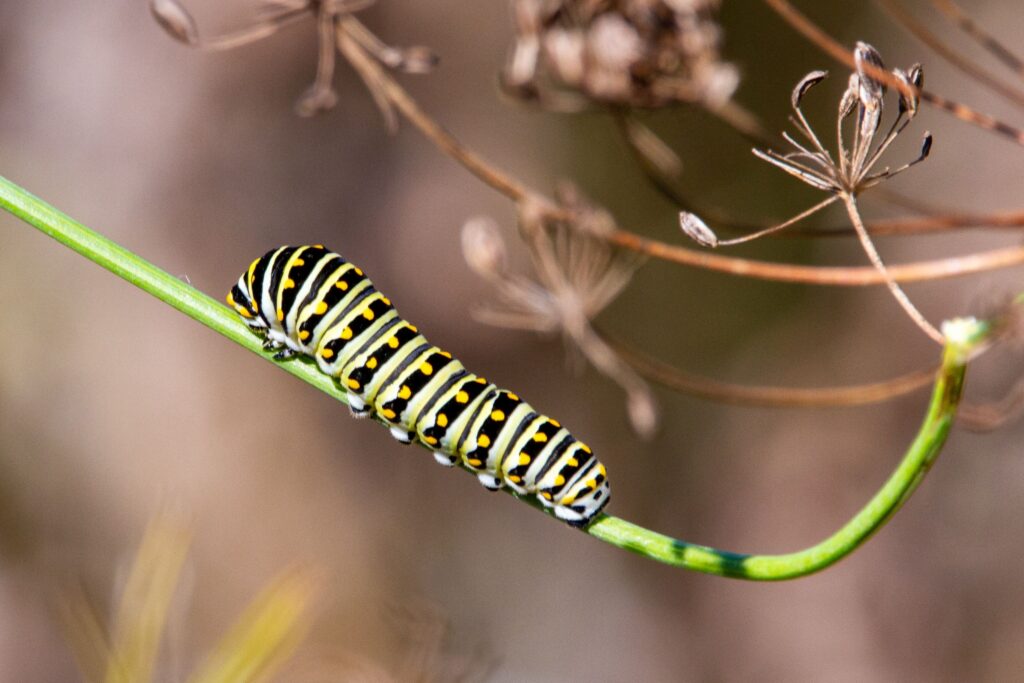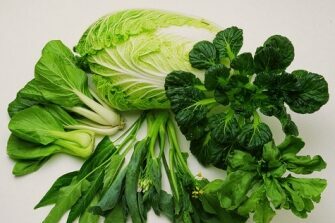
The Top 4 Benefits of Gardening
Yes, there are more, but here are the top 4 benefits of gardening that I believe are so important to our health, happiness and to the environment!
You’ve probably clicked here because you already garden. But you may not realize all the benefits. Let me indulge you! Read on to find out why gardening is great for you and the environment.
Health
A sedentary lifestyle is linked to poor health outcomes (Appl Physiol Nutr Metab (2010) 35: 725). Cardiovascular exercise through an active lifestyle among people over 60 has been linked to a longer lifespan (BMJ Sport Med (2014) 48: 233 or summarized here). Having a garden to tend to is one way to get yourself moving.
Every day of the growing season there is something that can be done in your garden. In fact, people living in the “blue zones” of the world that have a longer than average lifespan (Okinawa, Japan; Icaria, Greece; Sardinia, Italy; Loma Linda, California; Nicoya, Costa Rica) are all gardeners into old age (BBC article). There are many mechanisms that could explain the greater lifespan:
- social connection with others while gardening,
- increased activity level,
- time spent outdoors,
- improved cognitive outcomes,
- eating more vegetables.
Speaking of vegetables, if you happen to have a vegetable garden, chances are that you eat more vegetables than if you didn’t have the garden. There has been a surprising amount of research on vegetable consumption among community garden participants.
These studies find that if one member of a household participates in a community garden, then all members of the household are several times more likely to eat more vegetables than before that family member gardened (J Nutr Educat Behav (2008) 40: 94, Int J Behav Nutr Phys Act (2013) 10: 128). The increased vegetable consumption even affects children; if an adult gardens in the household, the kids consume vegetables “several times a day” up to 64% more often than before the adult gardened (J Comm Health (2012) 37: 874).

She came for the flowers and stayed for the vegetables.
Economic
Perhaps you’ve noticed the price of food going up. The past few years have seen greater than average increases in the price of vegetables, with a projected increase of up to 4% in 2020 (Global News). One hypothesis for the increased vegetable prices is that as more people adopt a plant-based diet, the increased demand for vegetables is driving up their prices (CBC). In 2017, the most recent year for which I could find data, Canadians spent $702 on vegetables (Stats Can). If you are harvesting vegetables from your garden, even if just for the summer, you should see savings in your bank account.
I’ve often done the mental math and been astonished at the savings growing your own vegetables can provide. A $3 package of Swiss chard with 100 seeds can last me two years and provide all the greens I can eat (I harvest and freeze the chard throughout the summer and fall). Repeat the process with your favourite vegetable.
This thought experiment is especially helpful this time of year as you are ordering a bazillion seeds and feeling a smidgen guilty (“Do I really need three types of tomato?”). So long as your seed bill is less than $702, you’re in the black! And if you save your own open-pollinated seed varieties, then your vegetables are essentially free. If you don’t save seed yet, check out this awesome resource: Seed Savers or our post about Seed Saving Basics.

More leeks than I can eat in a year, and all for less than $1.
Environment
Increasingly, we are hearing calls to change our diets to help mitigate the effects of climate change. We can lessen our carbon footprint by growing our own vegetables.
Carbon is embedded in the process of growing and transporting vegetables from a farm to your plate. These carbon-consuming processes include fuel and inputs used on-farm to grow the crops, transportation fuel use and carbon in the life cycle of the packaging. Research on the carbon embedded in vegetable production has shown that vegetables grown in a home garden have 2 kg less carbon per kg of vegetable than commercially-grown equivalent crops (Landscape and urban planning (2017) 157: 365). This carbon savings comes in part from the associated lifestyle changes that are hand-in-hand with gardening:
- composting instead of landfilling of kitchen scraps,
- diversion of household greywater to water the garden,
- conversion of a lawn into a garden.
Carbon impact
Using the calculator at FoodEmissions.com, you can see the carbon embedded in your favourite vegetables (Note: if you have trouble getting the calculator to work, try changing your internet browser). This calculator assumes a baseline of 100 miles of transport (although you can set the transportation distance based on where your produce was grown). It also excludes carbon in the packaging and assumes anaerobic degradation in a landfill. For instance, potatoes have a carbon load of 34% (by which I mean that per kg potato, 0.34 kg CO2 was released to the atmosphere). Fresh spinach from California has a carbon load of 62%.
I had a broccoli crop failure last year, so while I was able to buy Ontario broccoli in the fall, estimated at 36% carbon load, that broccoli I bought in the winter from Ecuador was double the carbon load, at 70%.

This garden-grown lettuce, without the packaging and inputs of commercially-grown lettuce, has less embedded carbon emissions. Yum.
Plant viruses don’t infect humans
Plants are good companions while practicing social distancing.

Social Distancing Log, day 2: I planted 1000 peppergrass seeds. Hello, my new friends!
And healthy, well-covered soils can reduce disease outbreaks too! There’s lots of research suggesting that microbes in soil might actually protect us.
There’s no doubt in my mind that having my hands in soil has provided me benefits. At the very least, it’s felt nice slipping through my fingers.
Now you see just how gardening is good for you and the environment. Feeling inspired to garden? Check out our other gardening articles!





About The Author: Amy Turnbull
Scientist, researcher and professor at Fanshawe College. Avid grower of edibles in her home garden.
More posts by Amy Turnbull